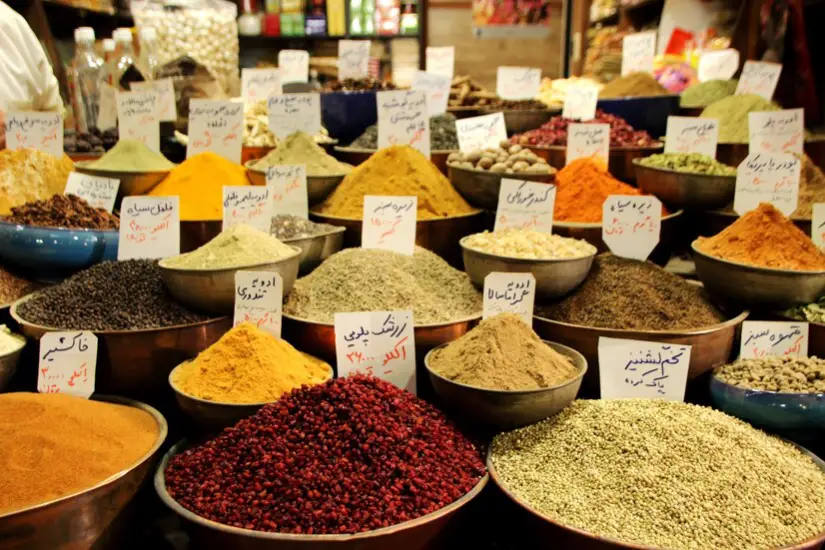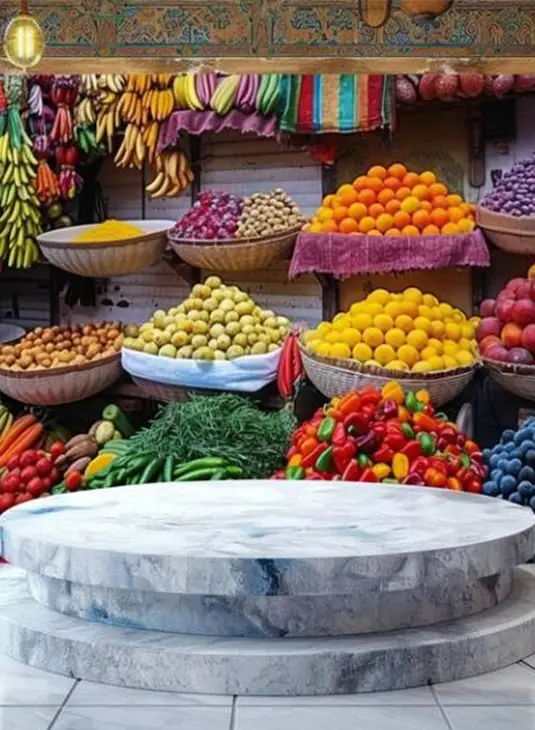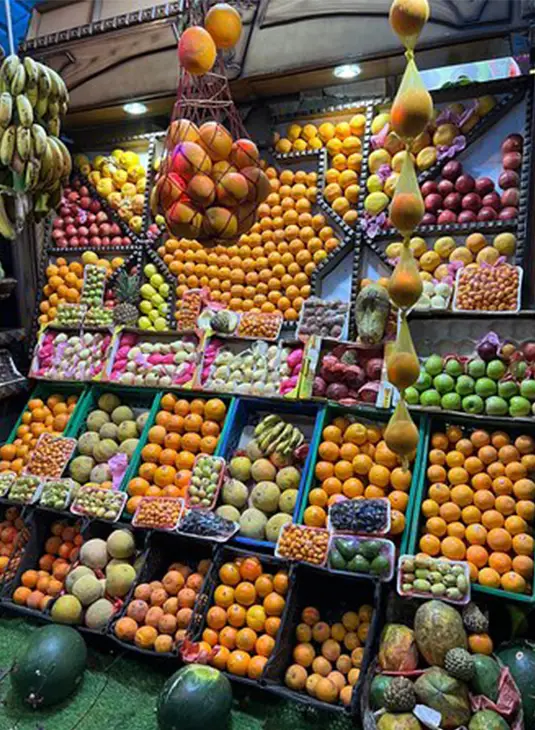Persian Groceries
Home » Persian Grocery & Specialty Foods » Persian Groceries & Online Shopping » Persian Groceries

- Persian Groceries
Exploring Persian Groceries: A Journey Through Unique Flavors and Ingredients
Persian cuisine is celebrated for its vibrant flavors and variety of ingredients. From fragrant spices to exotic fruits, Persian groceries and specialty foods offer a unique culinary experience that’s both delightful and distinctive. If you’re looking to explore the world of Persian cooking, understanding the essentials of Persian groceries can elevate your cooking and give you a taste of Iran’s vibrant food culture.
Key Ingredients in Persian Groceries
Spices and Herbs
Persian dishes are known for their complex flavors, which come from a variety of spices and herbs. Key spices include saffron, which adds a golden hue and a unique aroma, and turmeric, known for its earthy taste. Herbs like dill, mint, and parsley are also essential, contributing freshness and depth to Persian recipes.
Rice and Grains
Rice is a staple in Persian cuisine, with varieties like Basmati and Persian long-grain rice being popular choices. The method of cooking Persian rice, often with a crispy layer at the bottom, is a culinary tradition in itself. Other grains, such as barley and bulgur, are also used in various Persian dishes.
Fruits and Nuts
Persian cuisine features a rich assortment of fruits and nuts. Pomegranates are used in both sweet and savory dishes, providing a tangy flavor and vibrant color. Nuts like pistachios, almonds, and walnuts are frequently included in recipes, adding crunch and richness.
How to Buy Authentic Persian Groceries
Find Reputable Stores
When buying Persian groceries, it’s crucial to shop at reputable stores or online grocery vendors specializing in Persian or Middle Eastern products. Authenticity ensures that you’re getting high-quality ingredients that are true to Persian culinary traditions.
Check Product Labels
Always check product labels for origin and ingredients. Authentic Persian spices, grains, and other groceries should have clear labeling indicating their source and quality. This helps in ensuring you get genuine products that meet your culinary needs.
Buy Fresh and High-Quality Items
Freshness is key when selecting Persian groceries. Opt for spices that are vibrant and aromatic, and choose grains and nuts that are not stale or old. Fresh ingredients will significantly enhance the flavor and authenticity of your Persian dishes.


Benefits of Incorporating Persian Groceries
Enhance Your Culinary Experience
Using Persian groceries can transform your cooking by introducing you to new flavors and techniques. Persian spices and ingredients can add depth and complexity to your dishes, making them more exciting and flavorful.
Explore New Recipes
With Persian groceries, you can explore a wide range of traditional recipes, from savory stews and kebabs to sweet pastries and rice dishes. These ingredients open the door to a rich culinary heritage and a variety of delicious meals.
Embrace a Healthy Diet
Many Persian ingredients, such as herbs and nuts, offer health benefits. For example, fresh herbs are rich in vitamins, while nuts provide essential nutrients and healthy fats. Incorporating these items into your diet can contribute to overall well-being.
Conclusion
Exploring Persian groceries offers a wonderful opportunity to dive into the flavors and traditions of Persian cuisine. By understanding key ingredients, knowing where to buy authentic products, and appreciating the benefits of these unique groceries, you can elevate your cooking and enjoy a taste of Persian culture. Whether you’re a seasoned cook or just starting out, Persian groceries provide a flavorful and enriching culinary experience.
Frequently Asked Questions (FAQs) About Persian Groceries
1. What are Persian groceries?
Persian groceries refer to ingredients and products commonly used in Persian cuisine, including spices, herbs, grains, and specialty items.
2. Where can I buy Persian groceries?
You can purchase Persian groceries at specialty Persian or Middle Eastern stores, online retailers, or international markets that carry a diverse range of ethnic foods.
3. What are some essential Persian spices to have?
Key Persian spices include saffron, turmeric, cinnamon, and dried lime. These spices add unique flavors and colors to Persian dishes.
4. How do I store Persian spices properly?
Store Persian spices in airtight containers, away from direct sunlight and moisture, to maintain their freshness and potency.
5. What types of rice are used in Persian cooking?
Persian cooking often uses Basmati rice or Persian long-grain rice, known for its aroma and fluffy texture when cooked.
6. Are Persian nuts and dried fruits available in grocery stores?
Yes, Persian nuts such as pistachios and almonds, along with dried fruits like dates and apricots, can be found in specialty stores and online.
7. How can I tell if Persian saffron is authentic?
Authentic Persian saffron should have deep red strands with a strong, aromatic fragrance. Be wary of overly cheap or low-quality saffron.
8. What is the difference between Persian and Middle Eastern groceries?
While Persian groceries focus specifically on ingredients from Iranian cuisine, Middle Eastern groceries encompass a broader range of foods from various countries in the region.
9. Can I use Persian ingredients in non-Persian recipes?
Yes, Persian ingredients can add unique flavors to a variety of dishes. For example, Persian spices can enhance soups, stews, and even baked goods.
10. How do I know if Persian groceries are fresh?
Check for vibrant colors, strong aromas, and intact packaging. Fresh Persian groceries should look and smell good, indicating high quality and freshness.